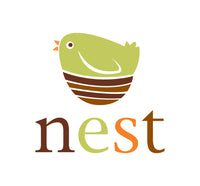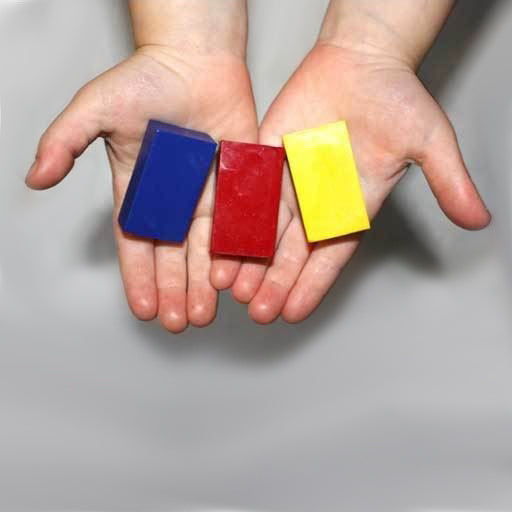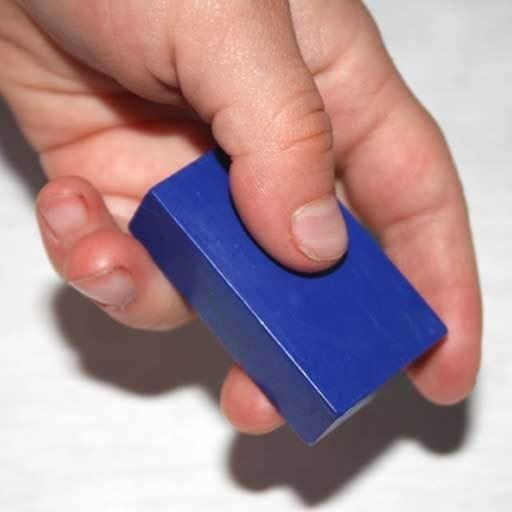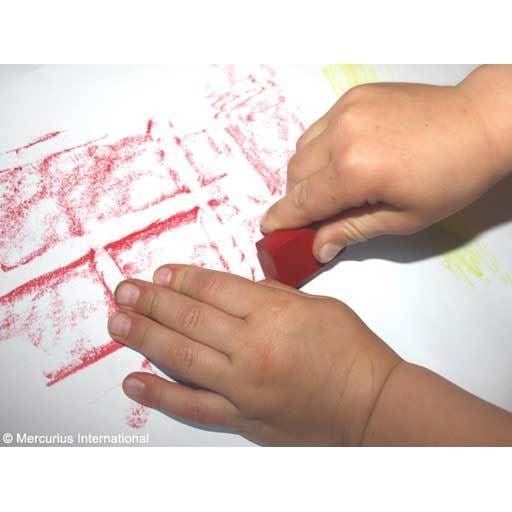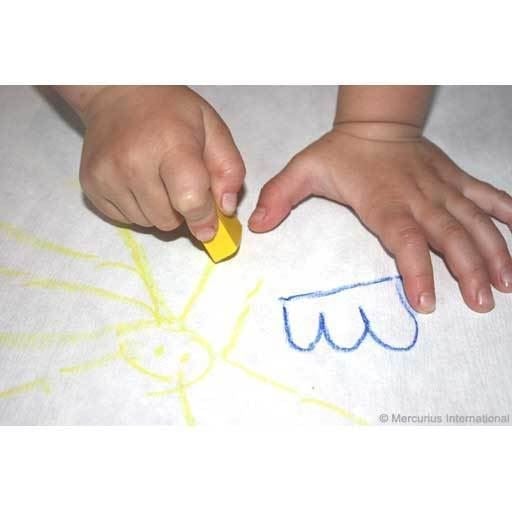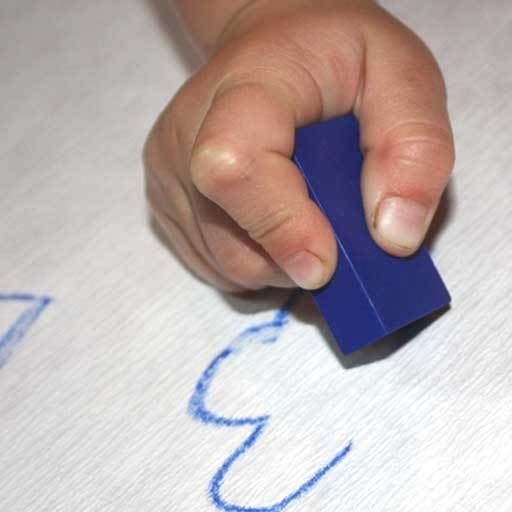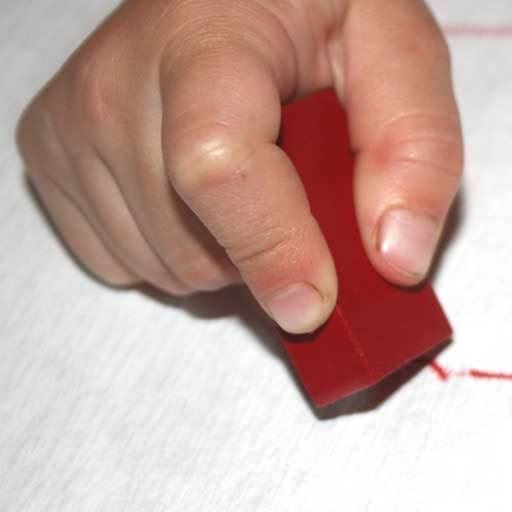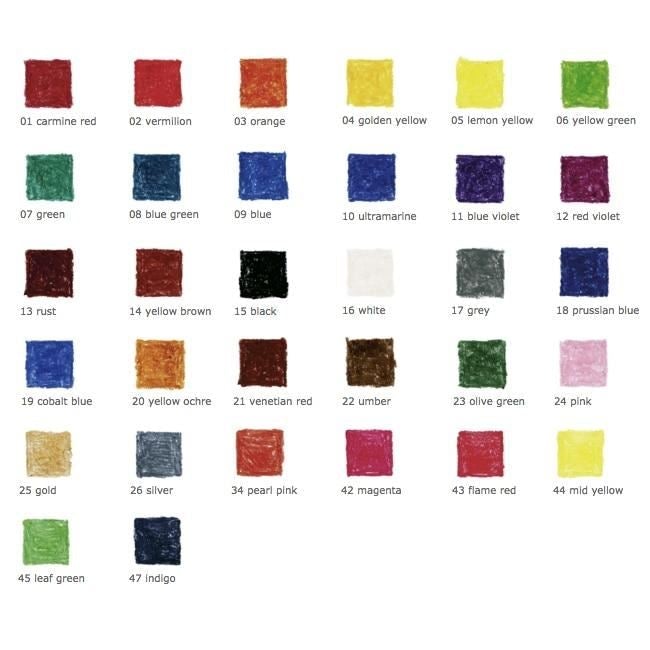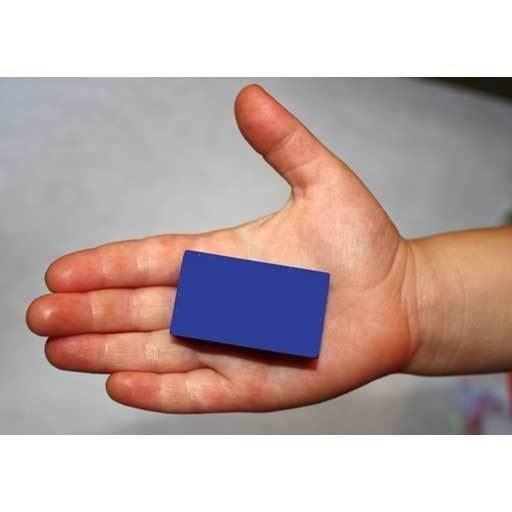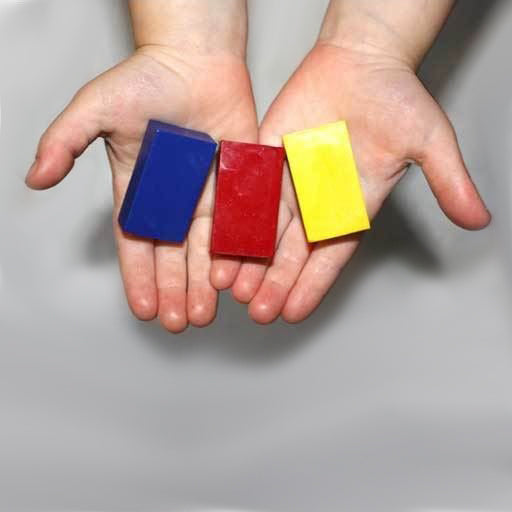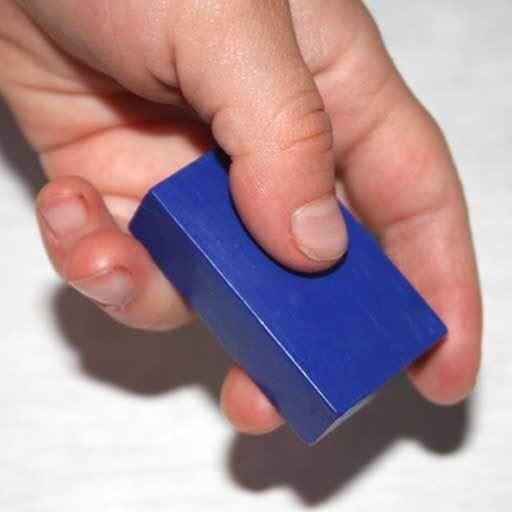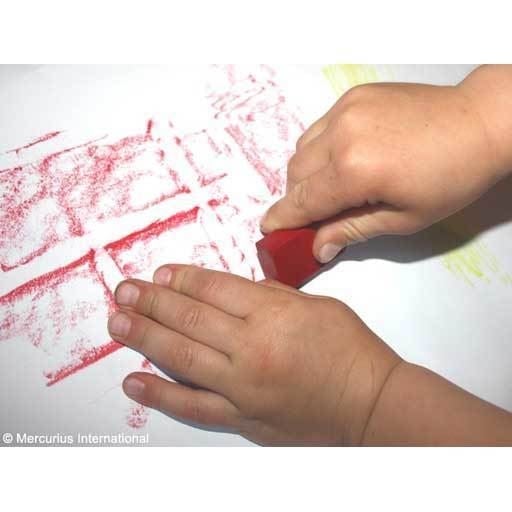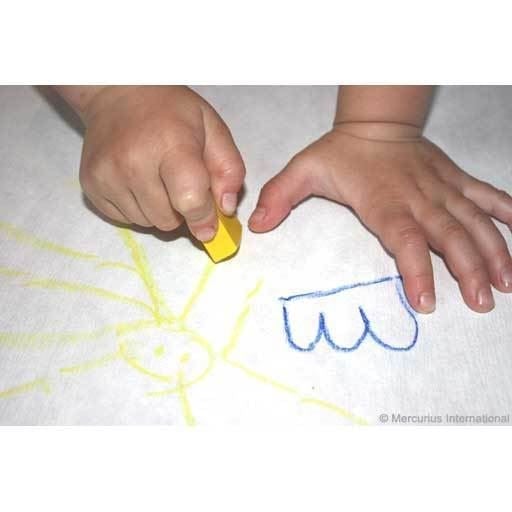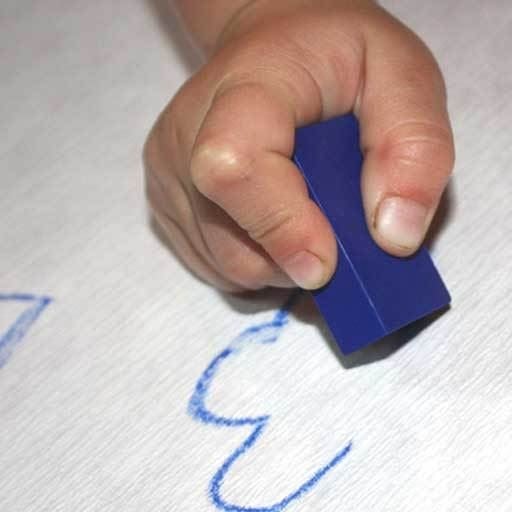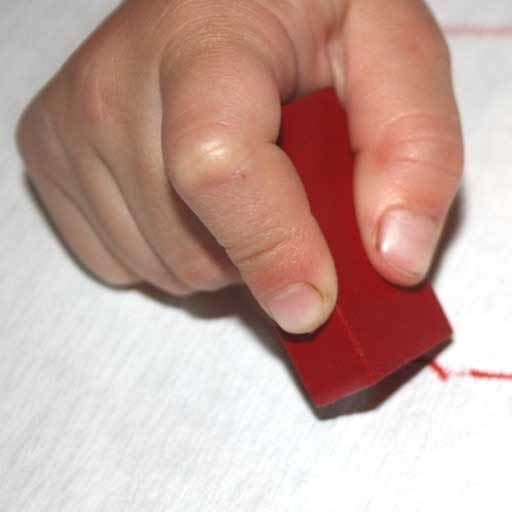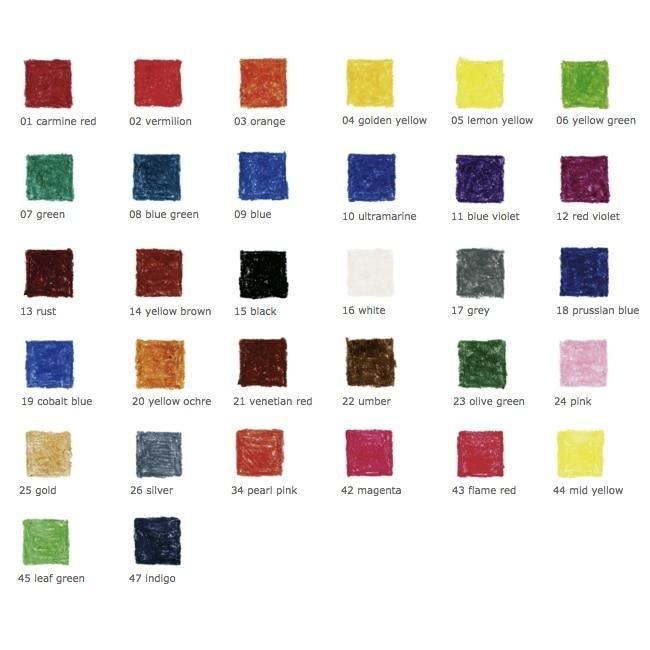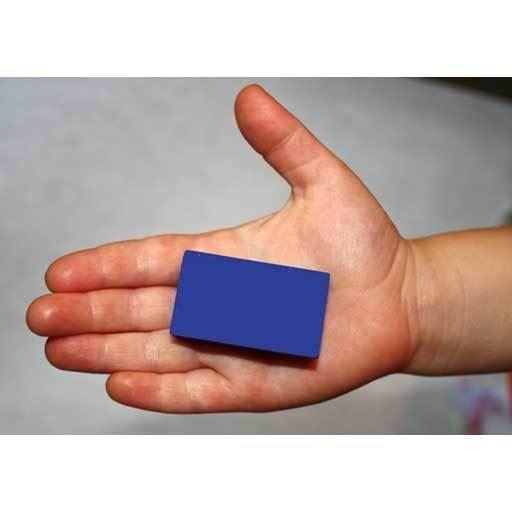Stockmar wax block crayons, trio
- Ships from Ottawa, Canada
- Ships within 72 hours
1 each of #01 Carmine Red, #05 Lemon Yellow, and #10 Ultramarine. Recommended in Waldorf pedagogy for young beginners with Stockmar crayons.
Made in Germany by Stockmar.
Stockmar wax crayons meet the highest artistic standards. Through the addition of pure beeswax as a binding agent, the light-resistant pigments display their purity and full brilliance.
Because they are mixed with wax, the colours are able to be used in a wide range of interesting colouring techniques - more than any other colouring material. The natural transparency of the wax and the lack of additives result in a high degree of opacity like that of watercolours. Stockmar quality is controlled reliability.
Wax block crayons are recommended for the very youngest children to hold, however, they are also quite functional for older children to use for different techniques, including making thick borders in their lesson books. Wax stick crayons are great also for young children to hold, and as they are nice and thick, they can encourage a good grip. It is an individual choice and preference, but children may of course make use of both types of crayons.
The percentage of beeswax used in Stockmar crayons is just enough to achieve the desired results artistically, and to add smell and touch sensations that are pleasant. Stockmar has worked for years to balance the right amount of beeswax necessary, and they use no more, no less. Beeswax is a finite resource in the world, and Stockmar is very concerned about bee health globally. As a major manufacturer of crayons, they have paired with www.mellifera.de for effective initiatives to protect bee health worldwide.
From Stockmar:
Stockmar wax crayons contain 10% natural beeswax, which provides the right degree of transparency and gives off a pleasant beeswax scent. In addition, the essential oils in beeswax have a preserving effect, enabling us to completely abstain from using preservatives in our wax crayons. A proportion of beeswax in wax crayons that is appreciably higher than 10% would have a negative impact on colouring quality. Too little colour would be produced and the actual colour of the beeswax would distort the colour shades. As a consequence, the use of a higher proportion is not necessary.
Beeswax has advertising appeal: it’s natural, ‘renewable’, smells good and everyone admires and loves bees. Beeswax – what kind of substance is it exactly? It is a precious and limited natural product. In the interests of bees, whose numbers are under threat worldwide, any use of beeswax should be acutely conscious, measured and responsible. Any beekeeping geared towards increasing beeswax production would not constitute natural beekeeping and would have ominous consequences from an ecological perspective.
Why use more beeswax in our crayons if it wouldn’t enhance the product quality and would only unnecessarily consume a precious natural product? That is precisely why Stockmar consciously uses 10% beeswax for its wax crayons.
Why Stockmar uses paraffin (microcrystalline wax) in its wax crayons
Paraffin is broadly used due to its non-toxicity and water insolubility. It is often contained in ointments, skin creams and lip balms, and is even a principle component in many skin protection creams for small children. Paraffin is also used in foodstuffs (sweets, chewing gum, wax coatings for cheese) and in medical applications (as an antidote for poison and as a laxative). The possibility of deposition in the human body only exists in the case of constant intake of the substance. A constant intake is highly unlikely in the case of wax crayons.
According to expert opinion, however, the detrimental effect to health in the case of paraffin does not stem from any potential deposition, but through heating to high temperatures as this could release carcinogenic substances. Accordingly, hazards to health relate to people whose work, for example, involves heating paraffin for long periods and who breathe in the resulting vapours; which naturally does not apply to consumers of cosmetics, medication and wax crayons.
For Stockmar wax crayons, they use paraffin (microcrystalline waxes) with a high melting point, that is they first melt at a temperature of around 70 °C (158 °F). Can this happen with children’s wax crayons or even wax crayons that have been swallowed by kids? 70 °C? No. The paraffin in Stockmar wax crayons have an extremely positive impact on colouring quality. In contrast to chalky fillers, they don’t dull the colours, but rather maintain the transparency and colour intensity. Paraffin is produced as a by-product in oil refineries and, as a crude oil product, is naturally not a renewable resource. Nevertheless, we currently have no viable alternative to paraffin that would be resource conserving and ecologically friendly and at the same time maintain the colouring quality of the product to the extent of the high melting paraffin we use.
Stockmar wax colours: product features and quality
Other frequently used resources that are eagerly touted as renewable, such as soy and palm oil, do not produce the same product quality and in our opinion are not ecologically friendly. As a result of the increase in global demand, they lead to the creation of monocultures, in turn prompting the clearing of rainforests and disappearance of areas used for agriculture, with all the resulting negative ecological and social consequences.

